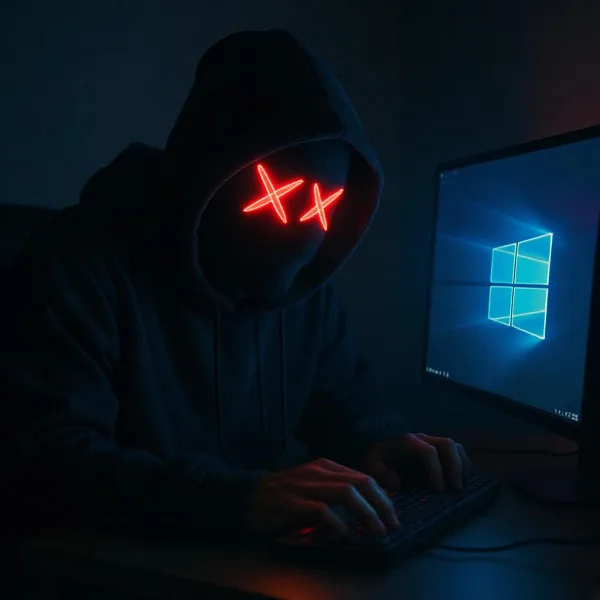Posted inCybersecurity News
Microsoft has announced two critical security enhancements currently in development for Teams users worldwide.
The first enhancement introduces sophisticated malicious URL detection capabilities that can identify and warn users about potentially harmful links shared in chats and channels. This real-time protection system provides an additional layer of defense against malware attacks that commonly exploit seemingly innocent web links.



